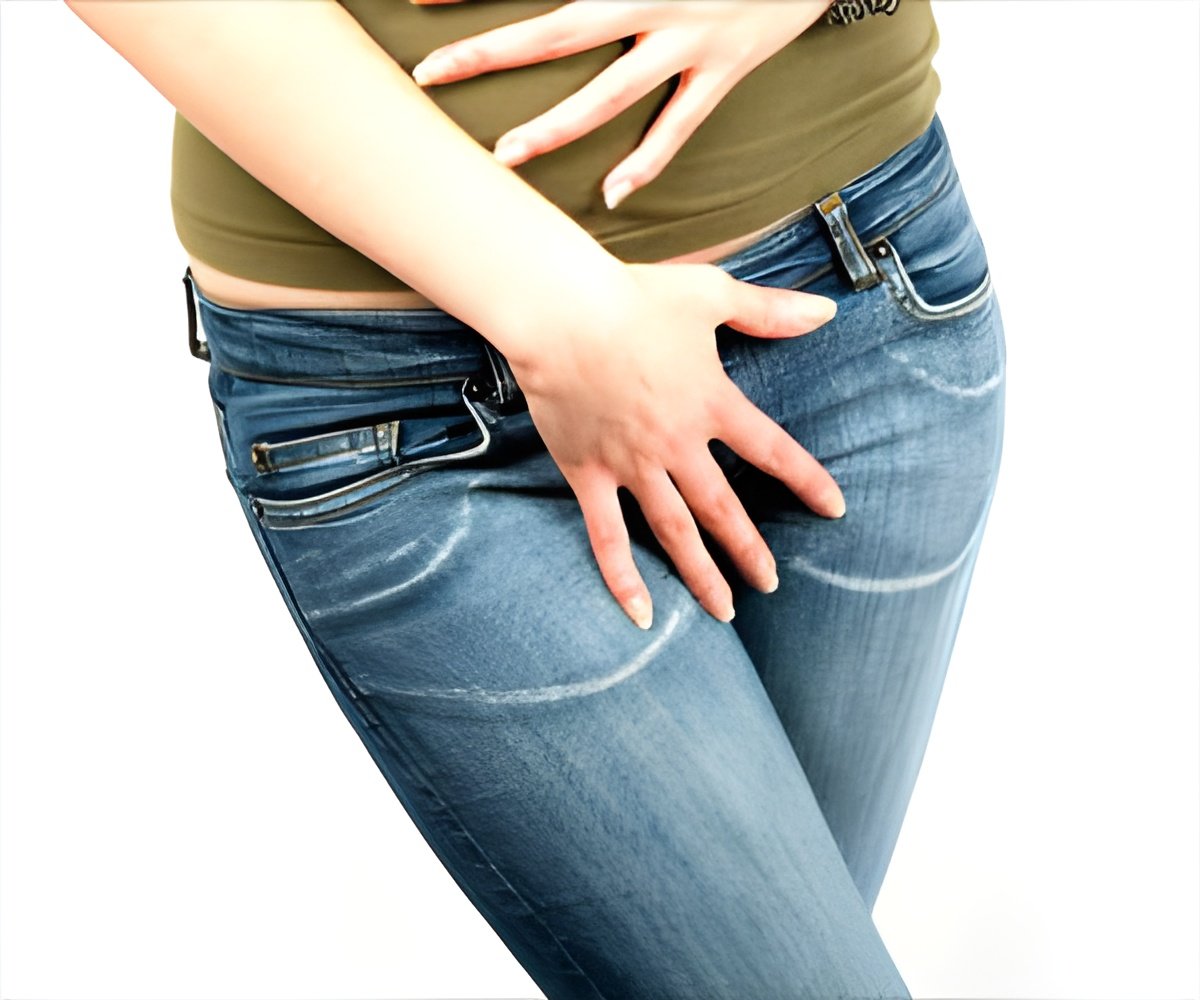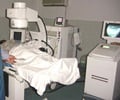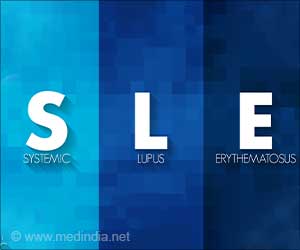A new tool that can detect urine or urethral blockage is in the making and this technique can make it easier for patients to test themselves for the condition from the comfort of their own homes using their smart phones to record data.

TOP INSIGHT
A new tool that can detect urine, or urethral, blockage is in the making and this technique can make it easier for patients to test themselves for the condition from the comfort of their own homes. Patients would only need to do take high-speed images of their urine flow using a strobe light available in their smartphones to record the data necessary to diagnose the blockage.
To make thing easier for patients, Dr. Gretzer and Sunchin Kim, MD, a resident at the UA College of Medicine - Tucson, are investigating a new technique that may one day allow patients to use their smartphones to record the data necessary to diagnose the blockage. The two presented their findings in San Francisco today at the annual meeting of the American Urological Association.
A normal uroflow test measures the amount of urine passed, its speed and the time it takes to pass the urine. Patients take this test using a toilet or urinal that's fitted with a special measuring device that records this data.
Dr. Gretzer hypothesized that a technique to bypass this tool could be high-speed photography. Photos, he thought, could capture subtle differences between a normal steady stream of liquid and a stream of liquid with an obstruction.
To test the theory, the team created a model of a urethral stricture using tubing hooked to a saline bag that could drain through. Then, saline fluid was passed through the tubing with and without blockages. Blockages were created using 3D printed strictures that were placed within the tubing. High-speed photography captured both the regular and blocked stream of liquid exiting the tube.
As fluid exits an opening, a natural breakpoint occurs where the liquid stream forms droplets. But with obstructions in place, this breakpoint changes. The team found that by analyzing photos, they could measure the length to this point of droplet formation. This length then directly related to the presence of an obstruction in the tube.
Once clinical studies confirm the hypothesis, Dr. Gretzer plans to create an app that patients can download on their phones.
"All patients would need to do is take high-speed images of their urine flow using a strobe light," he says. "Strobe light apps are readily available right now for people to use on their phones."
Dr. Gretzer envisions people sending him these images to analyze and make the diagnosis. But the team also may develop an algorithm that can make the diagnosis within the app itself.
Source-Eurekalert
 MEDINDIA
MEDINDIA




 Email
Email






